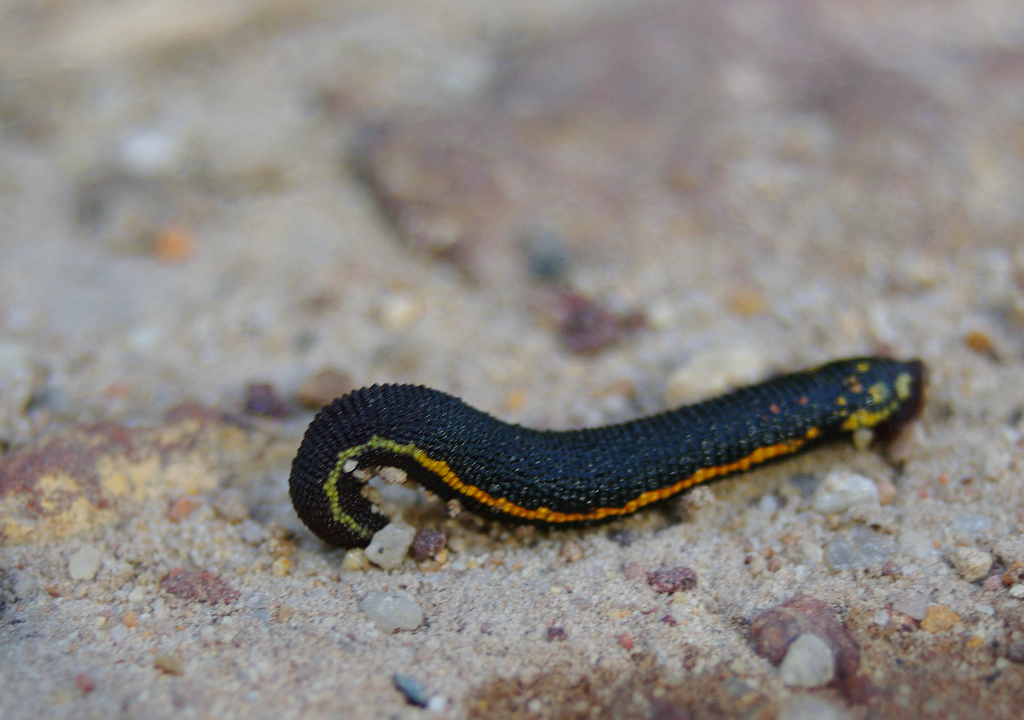

Recent research not only reveals seven mussel-associated leech species new to science, but also shows that their association evolved over millions of years. Yet this was, until now, regarded as an accidental phenomenon. The frequent presence of leeches with a hidden lifestyle in the mantle cavity of freshwater mussels has been recorded since the second half of the 19th century. On the other hand, proliferation of oligochaetes and some members of the family Chrionomidae may be indicative of organic pollution or stagnant water.Image: Eye position and shape in the holotypes of new taxa and representative specimens of new leeches recently discovered inside freshwater mussels. These insect groups (the “EPT”) are thus considered indicators of relatively healthy water bodies. Generally the presence of a diverse assemblage of long-lived taxa such as the larvae of Ephemeroptera (mayflies), Plecoptera (stoneflies) and Trichoptera (caddisflies) indicates a relatively healthy stream that is not subject to high degrees of pollution. The Canadian Benthic Biomonitoring Network ( CABIN) protocol, for example, applies to samples collected with a 400-micron Kicknet, and includes a 300-count (not including copepods, cladocerans, and nematodes), subsampled with a Marchant box (minimum 5 cells) and a minimum of Family-level resolution. These protocols will often specify the collection device (sampler), subsample counts, subsampling device, level of identification, inclusion of taxa, and QA/QC measures required. There are a number of different laboratory protocols for analyzing freshwater invertebrate communities. For example, when performing identification to the genus and species level, generally ~5-10% of chironomid taxa may be overlooked if all specimens are not cleared and mounted on slides with appropriate mounting media. Some organisms – particularly chironomid larvae (Family Chironomidae non-biting midges) and oligochaetes, require special preparation in order to detect rare genera or species. The goal of the taxonomic portion of sample processing is to identify and enumerate organisms accurately and consistently to the taxonomic resolution required by our client. Because of the potentially high abundances in freshwater samples (it is not uncommon to have thousands of organisms in a single sample!), samples are generally subsampled to a target count of 300-500 organisms (depending on the protocol) using specially designed devices such as a Caton tray or a Marchant box. Ekman or Petite Ponar) are most commonly used.Īnalyzing freshwater benthic invertebrate communities can be a labour-intensive and time-consuming process, especially when the samples contain large amounts of organic debris. In depositional habitats (soft sediments), grab samplers (e.g.
#Freshwater leech identification manual
Shallow-water sampling requires manual disturbance of the substrate and the subsequent capture of the macroinvertebrates in a downstream net. In shallow-water erosional habitats (e.g., a stream, creek or river with gravel/cobble substrate), Kicknets and Surber (or Hess) samplers are the most commonly used.

The type of sampling equipment used to collect macroinvertebrates is dependent upon the habitat and goals of the study. In freshwater systems, organisms that are larger than 250-500 microns are called macroinvertebrates these include insect larvae (Ephemeroptera, Plecoptera, and Diptera being the most common), annelids (oligochaetes and leeches), molluscs, crustaceans, and miscellaneous groups such as flatworms, nemerteans and cnidarians.

Organisms living in this zone are called benthos. The benthic zone is the region at the bottom of a body of water such as a lake, pond, or stream, including the sediment surface and some sub-surface layers.


 0 kommentar(er)
0 kommentar(er)
